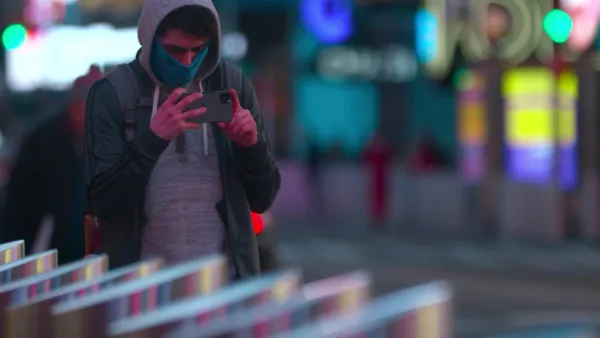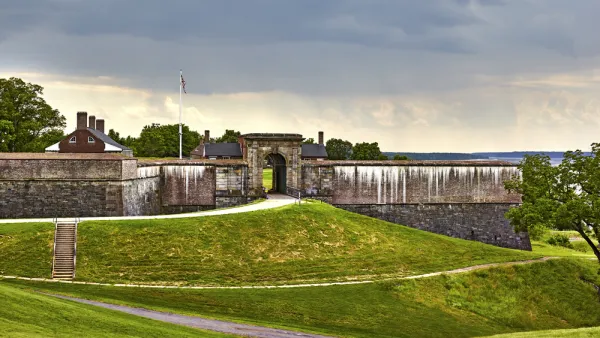A recent long-read describes the current state of the competition for primacy in the world of online mapping tools. The champ—Google Maps. The challenger—OpenStreetMap.
Paul Swayers begins a recent article by describing just how pervasive Google’s many apps and technologies are in today’s world—before examining OpenStreetMap as a possible alternative to Google Maps.
According to Sayers, OpenStreetMap has had some high-profile victories lately, with multiple popular apps choosing OSM to drive their technology. “In recent times, OSM has hit the headlines on a number of occasions, often when a well-known tech-brand adopts the open-source mapping platform instead of Google. Foursquare ditched Google Maps back in 2012 for the OpenStreetMap-powered MapBox, Craigslist uses it for apartment searches, while the mighty Apple has turned to OpenStreetMap data too…”
Moreover, users are quickly turning to OSM. “Today, OpenStreetMap has in the region of 1.5 million registered editors, representing a hockey stick-style growth over the past 18 months…there were only around 650,000 registered users in August 2012.”
Sawyer’s article quotes Serge Wroclawski, an OpenStreetMapper and “self-proclaimed ethical hacker,” who recently wrote an article called “Why the World Needs OpenStreetMap.” The key point, according to Wroclawski, centers on the issue of ‘owning’ location. “[As] a society, no one company should have a monopoly on place, just as no one company had a monopoly on time in the 1800s. Place is a shared resource, and when you give all that power to a single entity, you are giving them the power not only to tell you about your location, but to shape it.”
FULL STORY: The rise of OpenStreetMap: A quest to conquer Google’s mapping empire

National Parks Layoffs Will Cause Communities to Lose Billions
Thousands of essential park workers were laid off this week, just before the busy spring break season.

Retro-silient?: America’s First “Eco-burb,” The Woodlands Turns 50
A master-planned community north of Houston offers lessons on green infrastructure and resilient design, but falls short of its founder’s lofty affordability and walkability goals.

Delivering for America Plan Will Downgrade Mail Service in at Least 49.5 Percent of Zip Codes
Republican and Democrat lawmakers criticize the plan for its disproportionate negative impact on rural communities.

Test News Post 1
This is a summary

Test News Headline 46
Test for the image on the front page.

Balancing Bombs and Butterflies: How the National Guard Protects a Rare Species
The National Guard at Fort Indiantown Gap uses GIS technology and land management strategies to balance military training with conservation efforts, ensuring the survival of the rare eastern regal fritillary butterfly.
Urban Design for Planners 1: Software Tools
This six-course series explores essential urban design concepts using open source software and equips planners with the tools they need to participate fully in the urban design process.
Planning for Universal Design
Learn the tools for implementing Universal Design in planning regulations.
EMC Planning Group, Inc.
Planetizen
Planetizen
Mpact (formerly Rail~Volution)
Great Falls Development Authority, Inc.
HUDs Office of Policy Development and Research
NYU Wagner Graduate School of Public Service




























